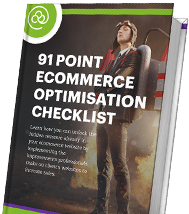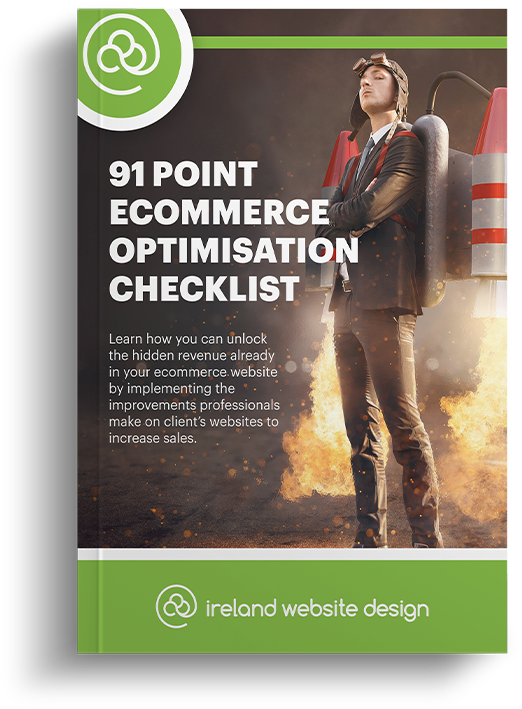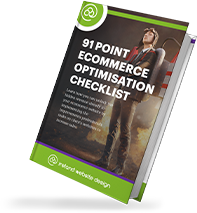From minimum word length to headings and images, here we took a look at how to construct the perfect webpage to hook visitors and court hits.
The first thing to do is to come up with a catchy title for the webpage. After all, that is what made you click into this particular blog post no? The first impression of your webpage is actually made before the webpage itself is viewed. This is because the following items are viewed beforehand:
Title
The title of a webpage should allude to what the page itself contains. But more than being simply explanatory, it should also be enticing to make users want to go to the page. Even if the content is not the most riveting, the title can masquerade this and gain a hit for your webpage. Take the title of this blog, for example, it entices visitors by alluding to the fact that clicking into this blog post will demonstrate how to write the perfect webpage.
URL
Make sure to give a thought to the URLs of your pages. While not majorly important for readability, their appearance adds some weight to the overall ‘sheen’ of your web pages. Some URLs can look confusing and borderline suspect unnecessarily. A webpage detailing a mobile network text message promotion should read something like this: www.nedsnetwork.ie/january-text-promo and not www.nedsnetwork.ie/re-direct17%/promotions&+offers(deals)/freesmsoffert&c’s
Meta Description
This snippet of text follows the title and URL on the search engine results page and is your opportunity to expand on explaining the contents of the page. Use this small space (usually encompassing one and a half lines of text maximum) to further entice the potential reader by previewing the contents with a suitable hook: See our Exclusive Time-Limited Offers on this Page!
Minimum Amount of Words
While this figure is not set in stone, 300 – 400 words would be this author’s advisable amount in terms of setting a minimum word count for pages. The likes of Google and Yoast (an SEO tool) are known to favor pages with a 300-word count minimum. Keep this in mind but also remember that every webpage and website is different. You may need to use less or more words to achieve your desired aesthetic results or to appeal to your target audience(s).
Headings
Clear and discernible headings really help with the flow and navigation of web pages. This is because readers can scan through the page and use headings as pitstops to find the text applicable to their needs. Headings are usually either the normal paragraph font placed in bold (like in this blog), or they are a font set in a bigger size than the paragraph text to be more noticeable.
Images
Forget commas and semi-colons; images are the best form of punctuation for web pages. Not only do they act as a visual break from an otherwise text-filled page, but they can also add to a webpage by conveying information on the image (after all, a picture says a thousand words).
While this blog may have shown you how to write the perfect webpage, the experts at Ireland Website Design will create for you the perfect website. Get in touch with us to have a modern and responsive website built to drive sales to your business.




